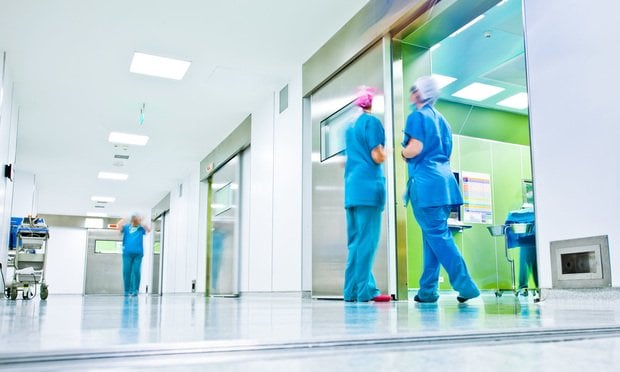 Of the areas where consumers said they would cut back in a cash crunch, charitable donations were first, followed by student loans, and skipping medical bill payments came in at 12th.
Of the areas where consumers said they would cut back in a cash crunch, charitable donations were first, followed by student loans, and skipping medical bill payments came in at 12th.
A new analysis by Aite Group found that significant changes are taking place in the way Americans pay bills. These include more digital payments and an overall increase in credit card and debit card spending.
Recommended For You
The report said that of the 15.5 billion bills that Americans paid last year, 406.4 million were medical bills. This totals $86.4 billion in overall spending—not including copayments. The report also noted that medical bills were taking up more of a consumer's paycheck. "More households are paying medical bills, the average number of medical bills per household is increasing, and the average aggregate amount of medical payments is increasing," the research firm said in a statement.
A surge of electronic payment
The report noted an explosive growth in online bill payment, which has increased 48% since 2016. Payments made directly to a biller's website is the leading channel for bill payment, with automated bank bill pay another area of growth. That payment channel saw an 11% increase of gross dollar value (GDV) from 2016 to 2020.
According to the report, progress has been made in switching from paper to electronic billing; the number of bill payers who only used paper was at 56% in 2020, a seven-point decrease from 2016. "Work remains to drive more paper out of the system," the report added.
Initial billing is still done by paper in the majority of situations, the research found, but the method of presenting bills electronically is seeing an increase.
The report said recurring payments are lagging behind one-time payments in billing, which the authors of the report said is problematic. They note that recurring payments GDV has increased only 8% while total medical bill GDV has increase more than three times that rate (26%). One-time payments for medical bills made up 84% of the 2020 volume of payments.
"The lack of progress in this area is interesting given that payment plans, and even vehicle financing, are mainstream," the authors write. "Recurring payments is not a tool looking for a problem to solve. In fact, the tool can help payers in their efforts to reduce write-offs and help payees manage cash flow, given that the average bill size and number of medical bills per household are increasing."
Relatively few consumers say they might skip medical bills
The report also looked at payment behaviors by consumers; for example, it asked what type of bills they would skip paying if they ran short of money. Half of the respondents said they would find a way to pay all bills. Of the areas where consumers said they would cut back, charitable donations were first (39%), student loans were at 34%, cable/satellite TV and the internet were at 26%, paying tickets and court fees were listed at 25%, and retail credit card payments would be skipped by 21%.
Medical bills came in relatively low on the list—16% said they would skip such bills if they experienced a cash crunch. That put medical bills at 12th out of 31 categories listed.
The report indicated that most respondents seemed confident they could pay their bills; but added that there are pockets of consumers who are less financially stable. According to the report:
- Only 10% of consumers indicate their households rarely or never can comfortably pay their monthly bills when a few extra bills pop up, compared to 73% who say they can pay comfortably.
- About 20% of consumers say they would likely need credit or a loan to pay for an unforeseen bill. The survey found 22% said they sometimes might need a loan or credit; 58% said they would not need either for unexpected bills.
- The survey found that 19% of consumers said they get anxious when thinking of their bills, 32% sometimes do, and 49% said anxiety is not a factor.
The Aite Group report found that the COVID-19 pandemic is having an effect on consumers' confidence in paying bills. It said that 39% of respondents said their household was having a harder time meeting financial obligations; 46% said it is doing the same, and 15% said meeting financial obligations is easier.
Of the 39% saying they were experiencing financial hardship; 57% said they were less able to meet financial obligations due to job loss; 54% said they had experienced an increase in expenses during the pandemic; and 31% said they were experiencing higher health care costs. Higher energy costs were also listed at 31%, and higher mortgage or rent was listed by 17% of respondents.
© Touchpoint Markets, All Rights Reserved. Request academic re-use from www.copyright.com. All other uses, submit a request to [email protected]. For more inforrmation visit Asset & Logo Licensing.






